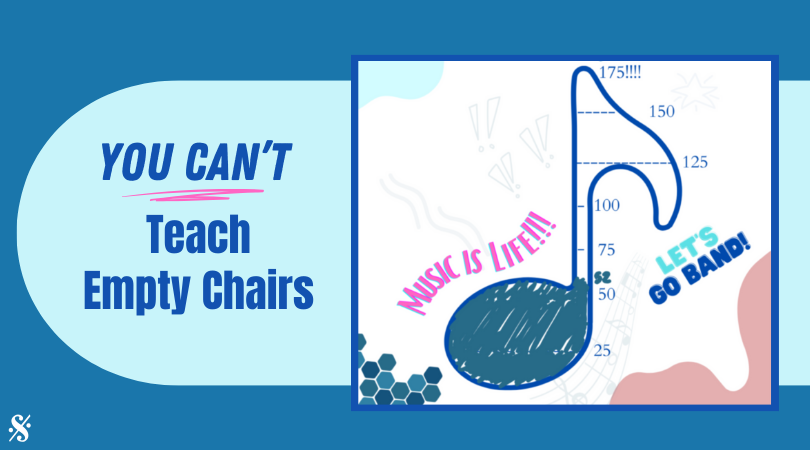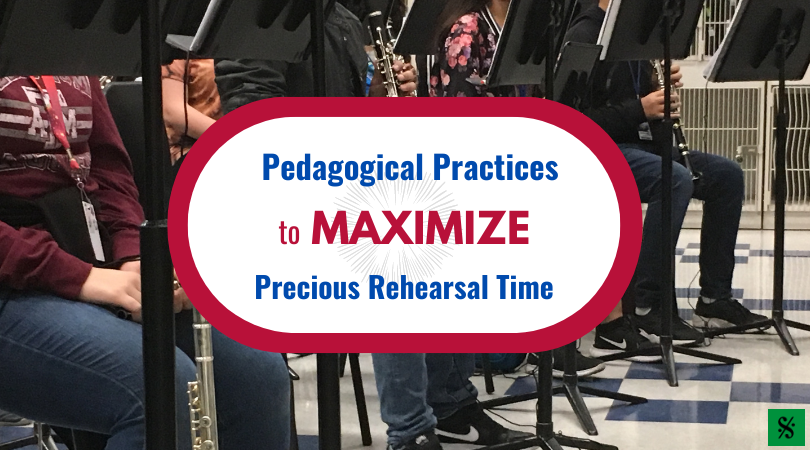
Woodwind Fingering Principles
A few simple concepts about woodwind fingering can put the lion’s share of the confusion to rest.
The First Cardinal Rule of Woodwind Fingering: When there is more than one key that produces a particular note, the one which is under the hand is the principal fingering. This is especially useful information when dealing with certain harmony instruments—bass clarinets, for example—for which there is no standardized low note fingering system, and is especially critical information for solving technical problems on clarinet and bassoon, the instruments which have the widest choices of fingerings.
The Second Cardinal Rule of Woodwind Fingering: We use alternate fingerings to avoid lateral motion. This means that (unless there is a major tuning consideration involved) we do not play two adjacent notes by sliding the same finger up or down the instrument from one key to the other unless there is no alternative.
Exception: whenever you see a “roller” key (as on bassoon, saxophone and sometimes on flute), you know that the rollers are there to facilitate lateral motion between those keys.
When lateral motion is absolutely unavoidable, slide down the instrument (toward the bell or toward the palm of the hand) rather than up the instrument (toward the mouthpiece or by straightening the finger).
Major Fingering Issues
On flute and oboe, a wrong fingering can almost make the right note. On clarinet and saxophone, the wrong fingering generally makes the wrong note. On bassoon, the line between “right” and “wrong” fingerings is less well-defined, but to a large degree wrong (but close to right) fingerings often almost make the right note.
Flute
The common mistake that students make in the third octave is simply overblowing the fingerings one and two octaves lower. The technique may come more easily this way, but the pitch, response and tone are poor. It only takes one flutist (or worse yet, piccolo player) in a flute section playing the overblown fingerings to cause a very annoying pitch problem in the upper register of an ensemble.
Oboe
Like flute, wrong fingerings often almost produce the right notes, though often with a sound that does not match that of the notes around it. Unless one knows how each fingering should look, the instructor can easily assume that the tone or pitch is poor because of student inexperience or bad reed. If a student has switched from clarinet or saxophone, his or her habit may be to use only one octave key for the entire register—which almost works on oboe.
There are three mechanisms of overblowing on oboe—the half-hole and two (sometimes three) octave keys—which must be used in the correct ranges. Remember: Oboe and Bassoon have three half-hole notes each—the first three in the second register, and the oboe is the only woodwind that has no open note!
The oboist absolutely must learn to use both regular and forked F from the outset. Because most oboists’ early years are spent in a band class playing in flat keys, without vigilant teaching, it is not uncommon to find a young player using forked F in every situation, and depriving himself or herself of the best F on the instrument.
Clarinet
Not understanding “Principal” vs. “Alternate” fingerings.
It is vital to understand exactly why we use a specific fingering in any one context. Some notes on the clarinet—especially in the altissimo range—have twenty or more fingerings.
As with all woodwinds, the Principal fingering is the one which falls under the hand without shifting the hand’s position, and the alternate is the one for which the hand shifts out of position. In the chalumeau register (and also a twelfth above in the clarion register) for example, the principal fingering for E is on the left, F is on the right, F# is on the right and G# is on the right. Obviously then, with so many principal fingerings on the right, the alternate F# (on the left) is used frequently. An approximation of frequency of usage of left and right might be:
- E/B on the right (Fingering no. 3)—10%
- F/C on the left (Fingering no. 5)—5%
- F#/C# on the left (Fingering no. 7)—40%
Clearly, F#/C# on the right is the principal fingering, because it sits under the hand, but the key on the left is absolutely essential and is the standard chromatic fingering. Alternate between left and right, using the greatest number of principal fingerings possible to avoid shifting the hand out of position.
Bassoon
Fingerings for bassoon are the most numerous and the least standardized of all of the woodwinds. Even the number and locations of keys can vary from bassoon to bassoon, and often a fingering which works well on one bassoon may not work well on another—especially true on student bassoons. To a certain extent, each bassoonist eventually develops his or her own fingering vocabulary.
Most bassoon alternate fingerings fall within the right hand, or over the butt joint, with the principle of alternation between the front and back of the bassoon, similar to the that of alternation between the right and left on clarinet and oboe. So, the principal F# is on the back (thumb), the principal G# is on the front (4R), and the principal A# is on the back (thumb) again, facilitating diatonic movement. The exception is F# in the staff–the front F# is lower than the back one in this register and is easier to play in tune.
Saxophone
A glance at the fingering chart reveals that there tends to be only one fingering for most notes from low B-flat to high F (or F# if an F# key is present). This can lead to the mindset that there only needs to be one fingering for all notes. The most limiting common mistake is the use of only one fingering for the middle and upper B-flats, where the student uses “one-and-one” or the “bis” key to the exclusion of others. (A similar problem exists with Thumb Bb on flute).
The other problem, almost as pervasive, is the use of middle-finger F# to the exclusion of the chromatic F#. Otherwise, there are very few complications in comparison to the other woodwinds until one crosses into the altissimo register (above high F or F#)
Recipient of the VCUArts Award of Excellence, Charles West has taught all five woodwinds on the university level and has performed professionally on four of five woodwinds for over four decades. He has been a Fulbright Scholar, International Clarinet Association President, and Principal or Bass Clarinet in six professional orchestras on two continents, and has recorded repertoire on the Klavier, Wilson Audiophile, Centaur, CRI and Crystal labels and on a Grammy Award-winning Telarc CD. He has held professorships in three North American universities, and guest residencies in South America, Taiwan, Hong Kong, Australia, and China. West has recently retired as coordinator of Winds & Percussion at Virginia Commonwealth University, is artist-clinician for the Buffet Group, Conductor of the Youth Orchestra of Central Virginia and author of Meredith Music Publications’ Woodwind Methods: An Essential Resource for Educators, Conductors & Students. (This article is based on information from this book.)
Related Reading:
The Clarinet Law of Minimal Motion
There’s a Time and Place for Every Fingering (Saxophone)
Youtube Finds – Woodwinds
If you would like to receive our weekly newsletter, sign up here.
Don’t forget to like us on Facebook too!
Learn. Share. Inspire.
BandDirectorsTalkShop.com






Leave a Reply
You must be logged in to post a comment.